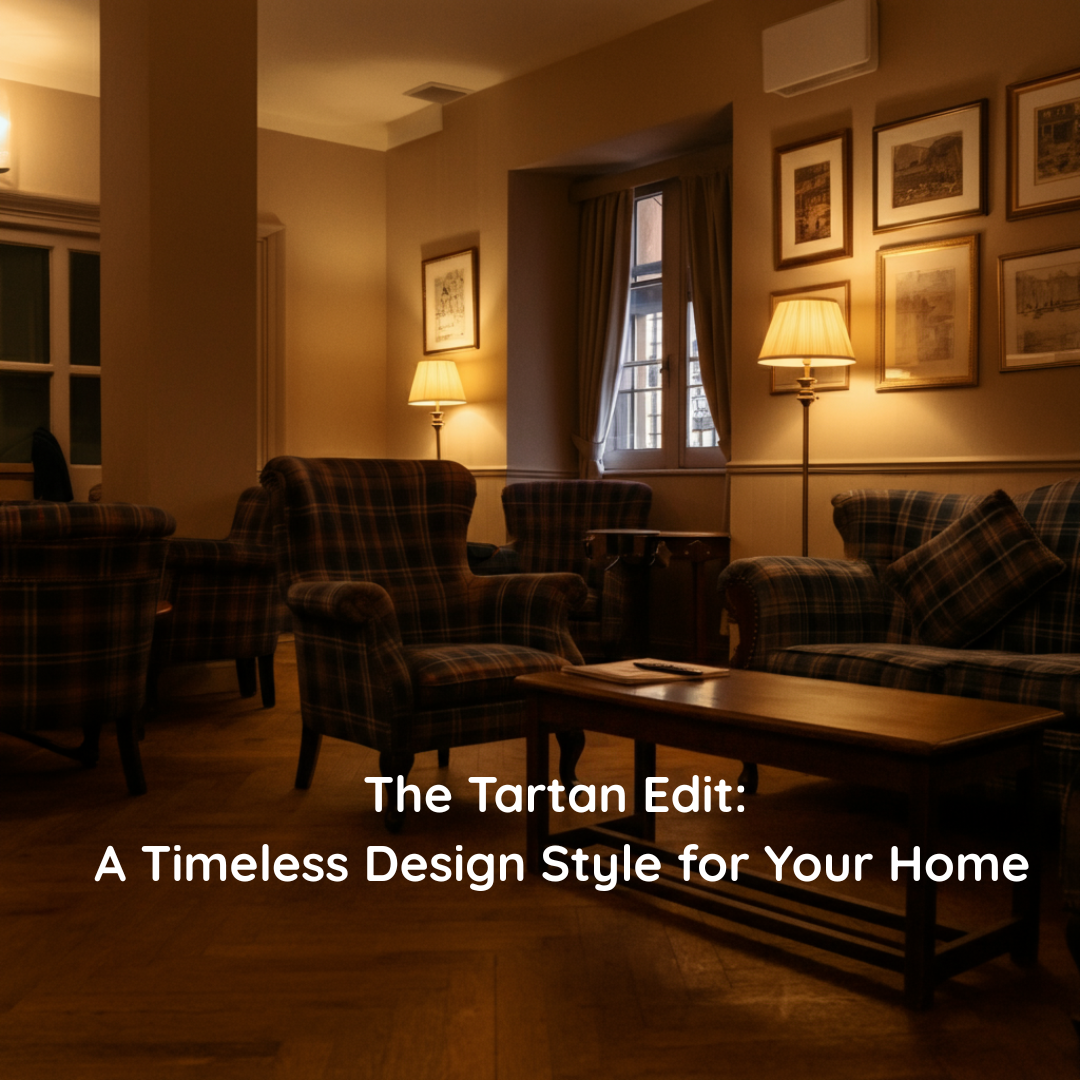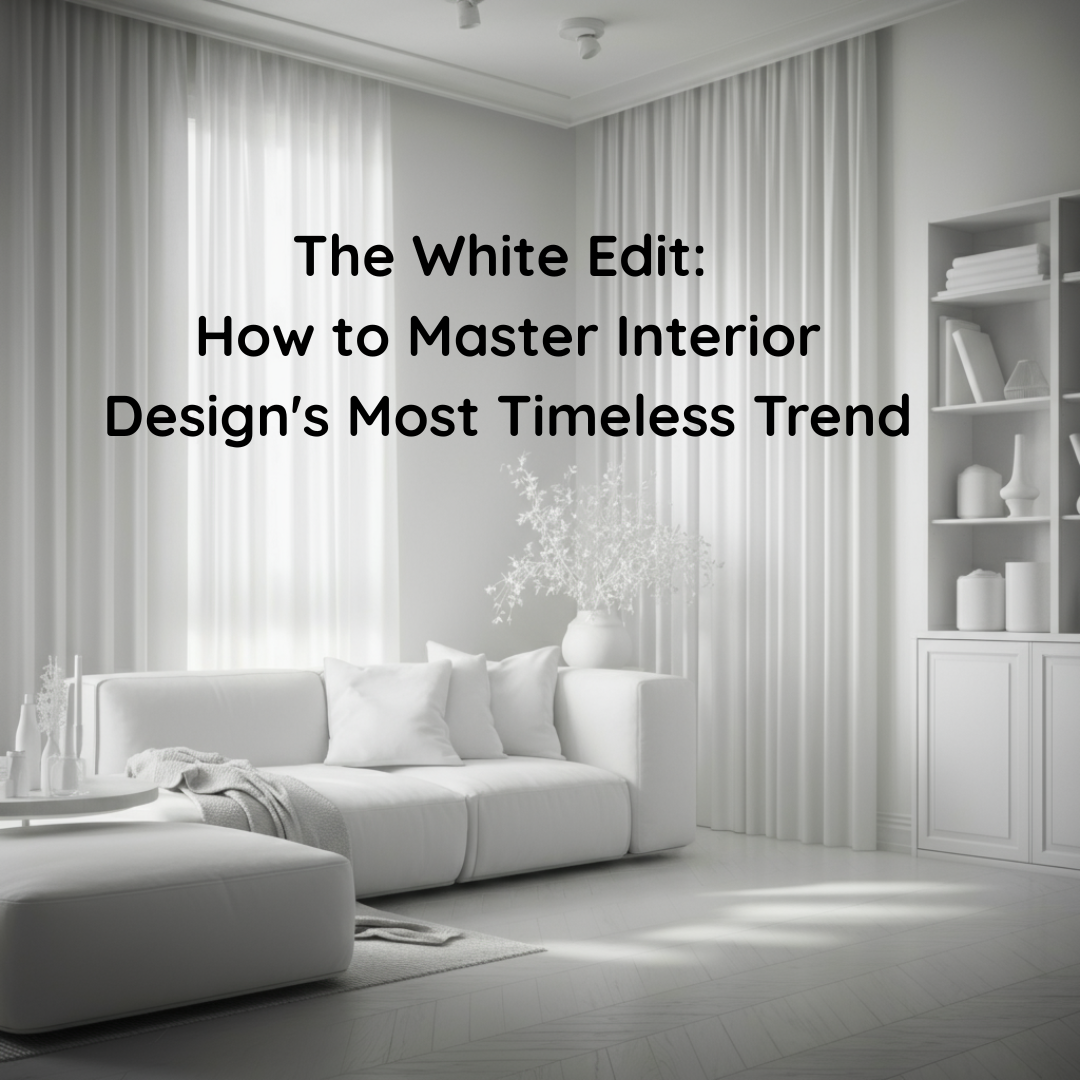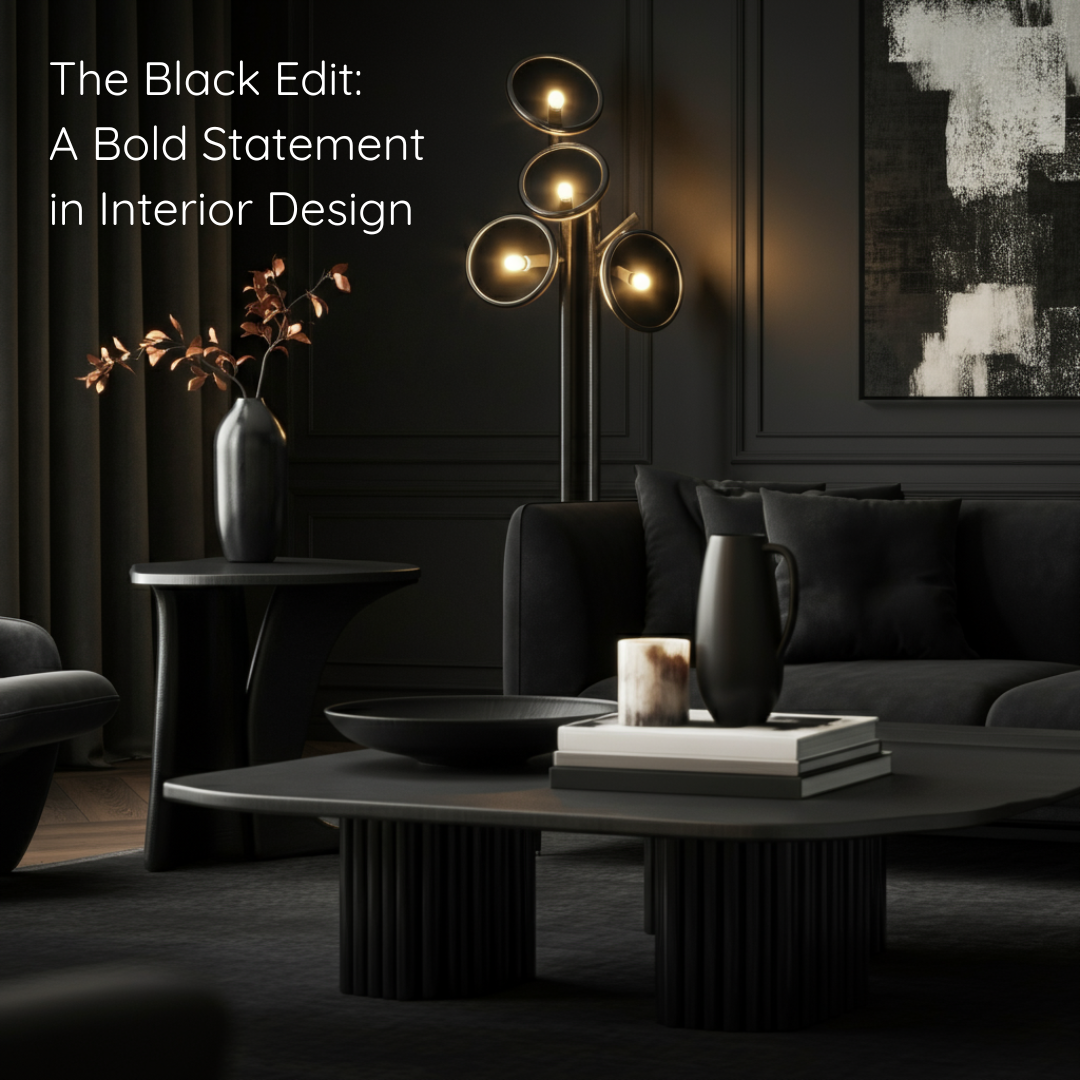Tartan has long been synonymous with Scottish heritage, evoking images of Highland landscapes, clan gatherings and centuries-old traditions. But this iconic pattern has transcended its origins to become a beloved design element in contemporary interiors. The Tartan Edit celebrates this enduring motif, pairing its rich history with modern sensibilities to create spaces that feel both classic and fresh.
Whether you’re drawn to tartan’s bold intersecting lines or its softer, muted iterations, incorporating this pattern into your home offers a unique opportunity to blend tradition with personal style. This article explores the essence of the Tartan Edit design style, practical considerations for adopting it and tips to help you achieve a cohesive, inviting aesthetic.
What is the Tartan Edit Design Style?
The Tartan Edit is a design approach that embraces tartan patterns as a central or complementary element within a space. Rather than overwhelming a room with wall-to-wall plaid, this style thoughtfully integrates tartan through textiles, upholstery, and accessories, often balanced with neutral tones and natural materials.
At its core, the Tartan Edit draws inspiration from country estates, historic lodges, and the rugged beauty of the Scottish Highlands. Yet it’s far from stuffy or overly traditional. Contemporary interpretations might feature tartan cushions against crisp white linen sofas, tartan throws draped over mid-century armchairs, or even tartan wallpaper used as a feature wall in an otherwise minimalist room.
The beauty of this style lies in its versatility. Tartan can evoke warmth and cosiness in a living room, add a dash of heritage to a bedroom, or bring unexpected character to a hallway or study. The key is finding the right balance between pattern and simplicity, allowing tartan to shine without dominating the space.
Understanding the Vibe: Heritage Meets Modern Living
Tartan carries with it centuries of history. Each pattern, or “sett,” traditionally represented a specific Scottish clan, woven with colours derived from natural dyes found in the local landscape. Over time, tartan evolved beyond its clan associations to become a symbol of Scottish identity and, eventually, a global design icon.
The Tartan Edit taps into this heritage while embracing modern living. It’s about honouring the past without being bound by it. You might choose a classic Black Watch tartan for its deep greens and blues, or opt for a contemporary interpretation in unexpected hues like blush pink and grey. The pattern itself remains timeless, but how you use it can be entirely your own.
This design style also speaks to a broader desire for authenticity and craftsmanship. Tartan textiles are often woven using traditional methods, and incorporating them into your home is a way of supporting age-old skills and celebrating enduring quality. There’s something deeply satisfying about owning a tartan blanket or cushion that’s been crafted with care, knowing it will only grow more beautiful with age.
Key Considerations Before Adopting the Tartan Edit
While tartan offers undeniable charm, there are a few considerations to keep in mind before committing to this design style.
Scale and Proportion
Tartan is a bold pattern, and its impact depends largely on scale. A large-scale tartan can make a dramatic statement, ideal for feature walls or oversized cushions. Smaller-scale tartans, on the other hand, offer subtlety and can be layered more easily with other patterns and textures.
Consider the size of your room and the effect you want to achieve. In a small space, a large-scale tartan might feel overwhelming, whereas a smaller sett can add interest without crowding the room. Conversely, in a spacious living area, a bold tartan can anchor the design and create a sense of warmth.
Colour Palette
Tartan comes in a vast array of colour combinations, from traditional reds, greens, and blues to more modern interpretations in pastels or monochrome. Your choice of tartan should complement your existing colour scheme.
If your home leans towards neutral tones, a classic tartan in earthy hues can add depth and character. For more colourful interiors, consider a tartan that picks up on accent colours already present in the room. This creates cohesion and ensures the pattern feels like a natural extension of your design, rather than an afterthought.
Mixing Patterns
One of the joys of the Tartan Edit is its ability to coexist with other patterns. Tartan pairs beautifully with stripes, florals, and even geometric prints, provided you maintain a consistent colour palette and vary the scale of each pattern.
For example, you might combine a tartan cushion with a striped throw and a floral rug, all in complementary shades. The key is to avoid using multiple large-scale patterns in close proximity, as this can create visual chaos. Instead, let one pattern take centre stage while others play supporting roles.
Benefits of the Tartan Edit
Adopting the Tartan Edit offers several compelling advantages:
Timeless Appeal: Tartan has endured for centuries and shows no signs of falling out of favour. Unlike trend-driven patterns, tartan offers longevity, meaning your investment in tartan textiles or furnishings will remain stylish for years to come.
Warmth and Cosiness: There’s an inherent warmth to tartan, making it particularly well-suited to autumn and winter interiors. A tartan throw or cushion can instantly make a room feel more inviting and comfortable.
Versatility: Tartan works across a range of design styles, from traditional country homes to modern urban apartments. It can be dressed up or down, formal or casual, depending on how you use it.
Cultural Richness: Incorporating tartan into your home is a way of celebrating Scottish heritage and craftsmanship. It adds a layer of narrative and meaning to your interiors, connecting you to a rich cultural tradition.
Potential Disadvantages
Of course, the Tartan Edit isn’t without its challenges:
Risk of Overuse: Tartan is a strong pattern, and it’s easy to go overboard. Too much tartan can make a space feel busy or cluttered. The solution is to use it sparingly and balance it with solid colours and neutral tones.
Polarising Pattern: Not everyone loves tartan. Its bold lines and traditional associations might not appeal to those who prefer minimalist or ultra-modern aesthetics. If you’re unsure, start small with a tartan cushion or throw before committing to larger pieces.
Maintenance: Depending on the fabric, tartan textiles may require careful maintenance to preserve their colours and texture. Wool tartans, for example, often need dry cleaning, while cotton blends may be more forgiving.
Tips and Hints for Mastering the Tartan Edit
Ready to embrace the Tartan Edit in your home? Here are some practical tips to help you achieve a polished, cohesive look:
Start Small: If you’re new to tartan, begin with accessories like cushions, throws, or a table runner. These are easy to swap out if you change your mind, and they allow you to experiment with different patterns and colours.
Balance with Neutrals: Pair tartan with neutral tones like white, cream, grey, or natural wood finishes. This provides breathing space and prevents the pattern from overwhelming the room.
Layer Textures: Combine tartan with other textures such as chunky knits, linen, leather, or sheepskin. This adds depth and interest while softening the formality of the pattern.
Use Tartan as an Accent: Rather than covering entire sofas or walls in tartan, use it as an accent. A single tartan armchair, a set of tartan curtains, or a tartan ottoman can make a striking statement without dominating the space.
Mix Old and New: Blend vintage tartan pieces with modern furnishings to create a look that feels curated rather than themed. An antique tartan blanket draped over a contemporary sofa, for instance, bridges past and present beautifully.
Consider Seasonal Swaps: Tartan’s warmth makes it ideal for autumn and winter, but you might prefer to swap it out for lighter fabrics in spring and summer. This keeps your interiors feeling fresh and seasonally appropriate.
Bringing Heritage Home
The Tartan Edit offers a wonderful way to infuse your home with history, warmth, and character. By thoughtfully incorporating this timeless pattern, you can create spaces that feel both grounded in tradition and perfectly suited to modern life. Whether you choose a bold statement piece or subtle accents, tartan has the power to transform a room, making it feel more inviting, layered, and uniquely yours.
As you explore the possibilities of the Tartan Edit, remember that the best interiors are those that reflect your personality and tell your story. Let tartan be a chapter in that narrative—a celebration of craftsmanship, heritage, and enduring style.
Further Reading: Affordable Decorating Ideas That Will Transform Your Home
Daily Inspiration: Follow Us on Instagram, BlueSky, Threads , Pinterest, Twitter, TikTok







